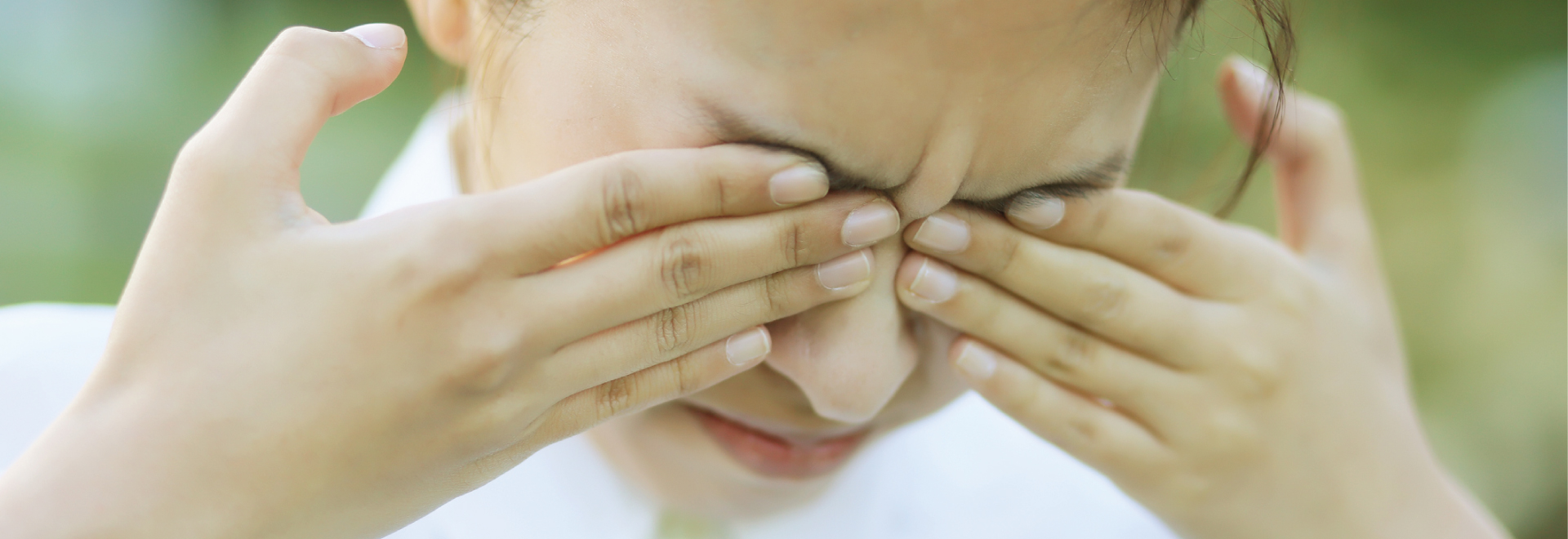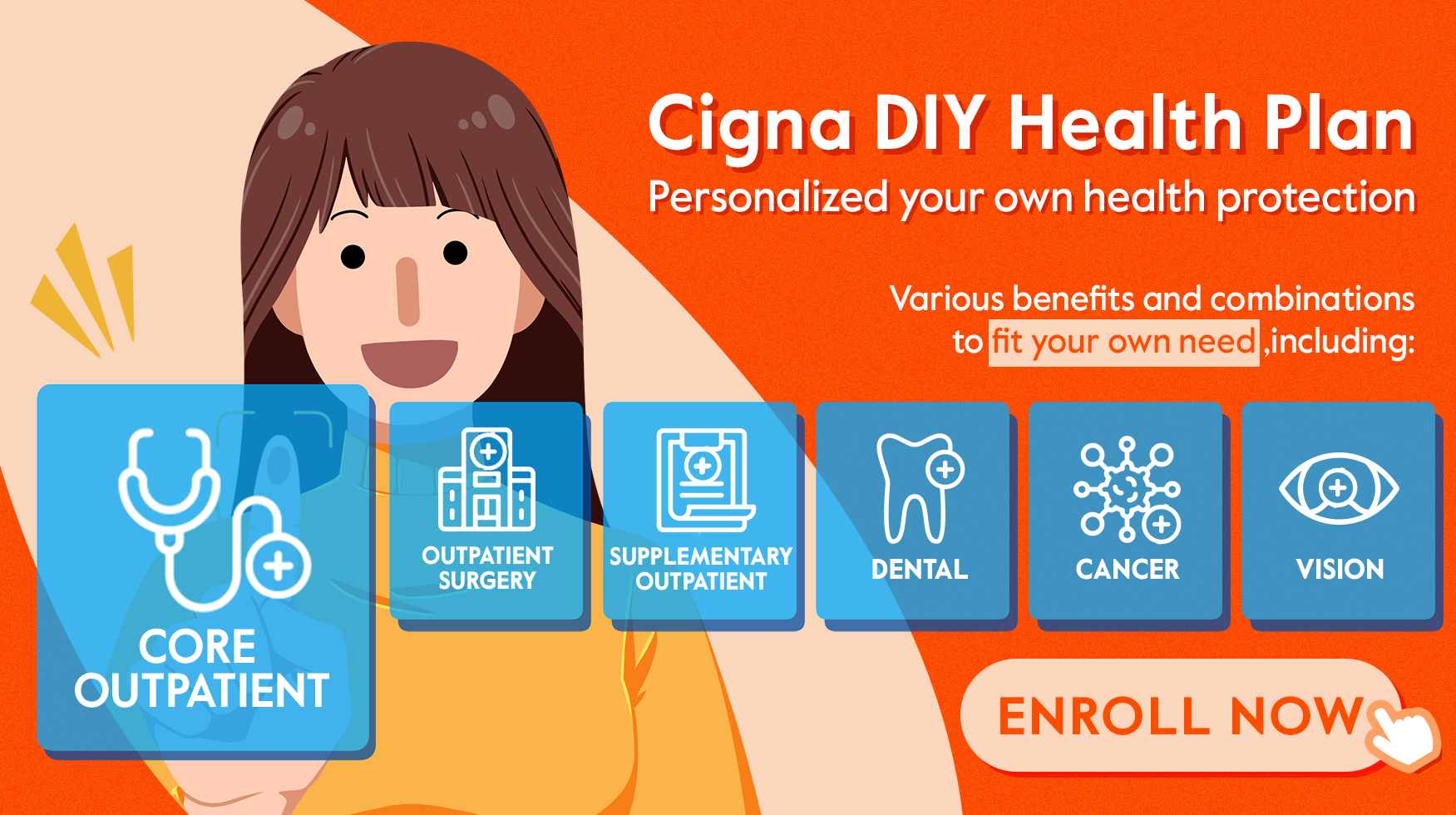A subconjunctival hemorrhage occurs when there is a broken blood vessel at your conjunctiva, the protective membrane that lines the inner eyelids and covers the outer surface of the eyeballs. It usually occurs during the dry season. Since the vessels are tiny and fragile, they break and bleed easily due to pressure.
Causes of Subconjunctival Hemorrhage
- Increase intraocular pressure led by powerful sneezing, violent coughing, and vomiting lead
- Lifting heavy objects when moving or tidying up your home
- Excessive straining during constipation
- Roughly rubbing your eye, especially when your eye is dry
- Being emotional and leading to high blood pressure (hypertension)
- Wearing contact lens; scratching the surface of your eye with the nails
- Frequent use of computers and phones and low blink rate, causing dry and astringent eyes, and eye rubbing
Furthermore, some patients have a subconjunctival hemorrhage after waking up in the morning because they rub their eyes too hard on the bed, causing a burst in the tiny vessels. People with dry eye syndrome and allergic conjunctivitis (eye allergy) may frequently rub their eyes due to discomfort. Also, individuals with conditions such as high blood pressure, diabetes, and under medications (certain blood-thinning drugs and aspirin) are prone to a bleeding eye.
As explained by Dr. Tony Leung, Head of Clinical of Cigna, a subconjunctival hemorrhage is not contagious and is harmless to your vision.It is similar to having a bruise on your skin, and your eye turns red as the blood gets trapped in the conjunctiva. Usually, the condition disappears within 3 to 4 days. Before that, you should avoid wearing contact lenses.
Subconjunctival Hemorrhage & Red-Eye Syndrome
Your eye turns bright red can be not only subconjunctival hemorrhage but also red-eye syndrome, which is called acute infectious conjunctivitis. According to the Centre for Health Protection, acute infectious conjunctivitis is caused by bacteria and viruses, and both eyes are often affected, although the symptoms usually start in one eye. Their clinical features are similar. The discharge is thick, whitish or yellowish in bacterial conjunctivitis and watery in viral conjunctivitis.
Other symptoms include tearing, foreign body sensation, itchiness, pain, swelling and redness of the eyes, matted eyelids after sleep, and sensitivity to light. Vision is not affected unless scarring of the cornea occurs after the infection.
Dr. Leung pointed out that people easily confuse red-eye syndrome and subconjunctival hemorrhage with similar signs and symptoms. However, the red-eye syndrome is infectious and can be transmitted by contacting the discharge and sharing towels between family members. If you suspect the syndrome, you should consult your doctor immediately for diagnosis and early intervention.
Treatments of Subconjunctival Hemorrhage
Clinically, your doctor may prescribe you some artificial tears, or moisturizing eye drops to help relieve eye irritation. During the recovery, you should not rub your affected eye and avoid any possible injury to your eyes.
If broken blood vessels appear in your eyes often, your doctor may want you to undergo tests to identify an underlying cause. Sometimes, disorders related to blood clottings such as hemophilia or von Willebrand disease, make subconjunctival hemorrhage more likely.
Prevention Tips for Subconjunctival Hemorrhage
1. Reduce your screen time on your computer and mobile devices
2. Moisturize your eyes with eye drops to prevent dry eyes during the dry and windy seasons
3. Do not rub your eyes and avoid eye allergy by staying away from allergens, such as dolls and dust mites
4. Record your blood pressure regularly, especially for those with high blood pressure
The 20-20-20 Rule to Protect Your Eyes
Preserving your eye is vital to protect your precious vision. Follow the "20-20-20" rule to prevent eye strain - look away from your screen every 20 minutes to a distant object at least 20 feet (6 m) away, for at least 20 seconds. You should avoid wearing contact lenses during autumn and winter if you find your eyes are too dry and astringent.
A subconjunctival hemorrhage is commonly seen during the dry season, and many may mix it up with red-eye syndrome. If you suspect it or are in doubt, please visit your doctor as soon as possible to receive early treatment. Cigna DIY Health Plan enables you to tailor your health protection to serve your needs. Stay well covered with various valuable benefits to choose from, including Vision Benefits, that cover eye examination with an allowance for glasses or contact lenses. Click here to learn more about this DIY insurance.
Source
- Acute Infectious Conjunctivitis
- What is a Subconjunctival Hemorrhage?
- WebMD-Subconjunctival Hemorrhage
© Cigna Healthcare 2023
Information provided in this article is intended for health and fitness purposes only and is not intended for use in the diagnosis of disease or other conditions, or in the cure, mitigation, treatment or prevention of disease (see Terms & Conditions for details). Any health-related information found in this article is available only for your interest and should not be treated as medical advice. Users should seek any medical advice from a physician, especially before self-diagnosing any ailment or embarking on any new lifestyle or exercise regime. Any information contained in this article may not be suitable, accurate, complete or reliable. Cigna Healthcare accepts no responsibility for the content or accuracy of information contained on external websites or resources, or for the security and safety of using them. "Cigna Healthcare" and the "Tree of Life" logo are registered trademarks of Cigna Intellectual Property, Inc. in the United States and elsewhere, licensed for use. All products and services are provided by or through operating subsidiaries, and not by The Cigna Group.




